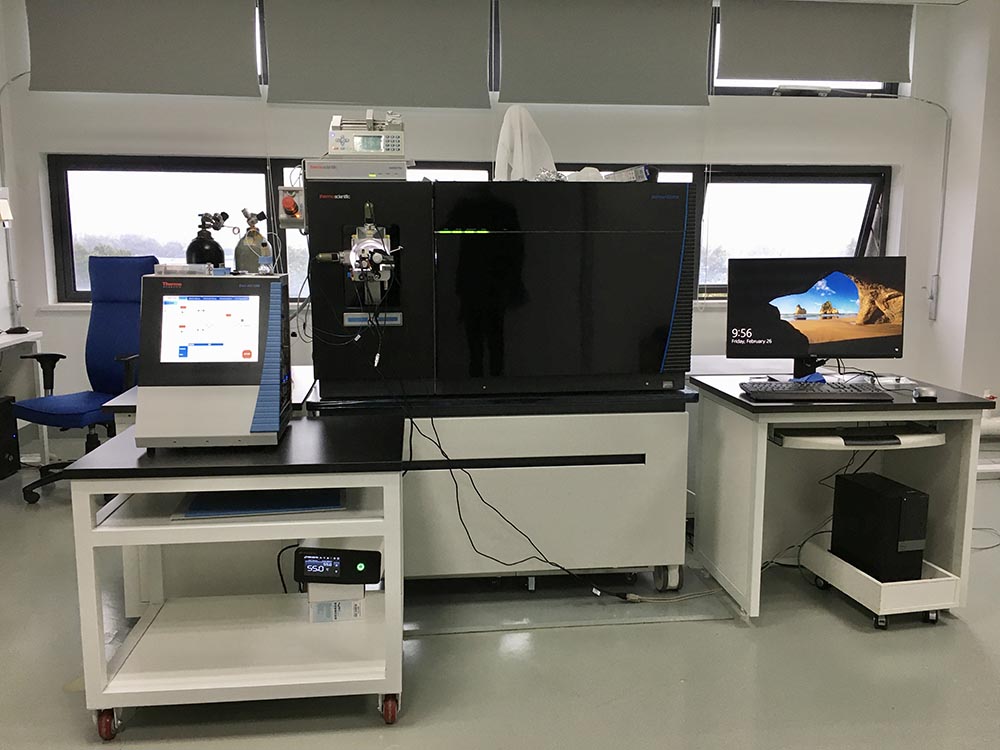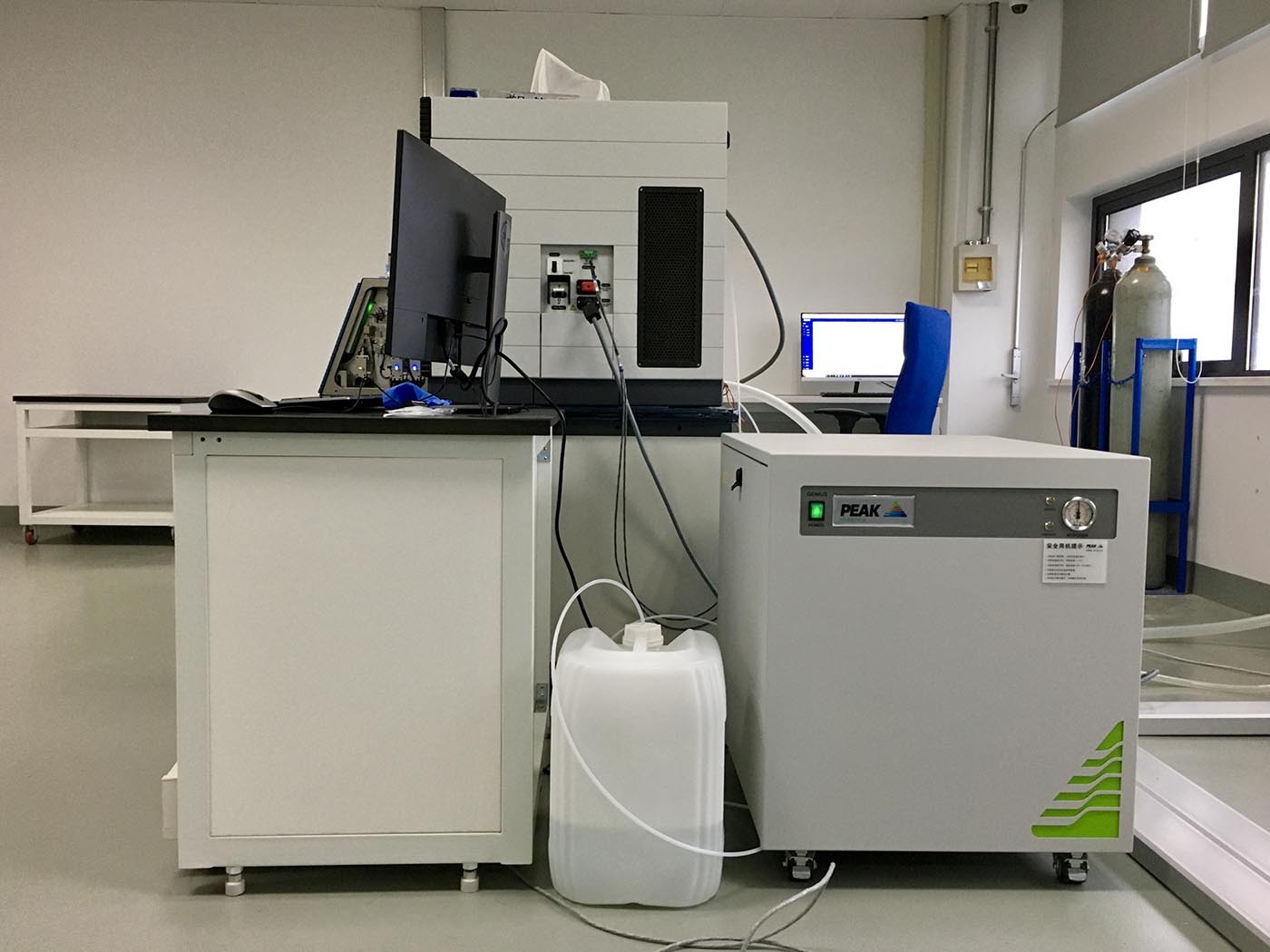03 Results Discussion
The nitrogen gas introduced into the ion source part should not react with the sample and should be free from impurities since this can affect analysis and increase the maintenance frequency of the instrument. The flow, purity and quality of nitrogen, as well as the stability and efficiency of the gas supply system itself, can therefore affect the overall operation of mass spectrometry.
The results shown in the TIC total ion chromatogram, BPC ion chromatogram, and secondary ion chromatogram of the solvent blank and the sample show that the spectrum baseline is stable and no interference from impurity peaks was observed. The results clearly demonstrate that the Genius NM32LA nitrogen generator provides the necessary nitrogen flow, pressure and purity for this analysis. The generator can continuously provide gas that meets the requirements for the MS ion source and fully supports this analysis.
As a gas generator manufacturer specializing in the laboratory field, PEAK Scientific provides stable and reliable gas generator products, which not only provides a convenient source of gas but also ensures that mass spectrometers operate efficiently and consistently. Choosing a suitable nitrogen generator can not only save money, but also ensures consistent gas purity and quality improving the efficiency of lab workflows for LC-MS analysis.
About Ed Connor
Ed Connor joined PEAK Scientific in February 2013 as a GC product specialist and now functions as a Product Manager.
He has been working on a number of collaborative projects with PEAK customers and the major instrument manufacturers worldwide.
The main focus of these collaborations has been to look at conversion from helium to hydrogen or nitrogen carrier gas for GC applications but he has also worked on ELSD nitrogen gas solutions and nitrogen generators for LC-MS instruments.
Prior to joining PEAK, Ed completed his Dr.Sc. at ETH Zurich in 2007 using GC-MS to look at herbivore induced plant volatiles and their interaction with beneficial insects.
He then joined the University of Zurich where his work focused primarily on floral volatile analysis using a variety of volatile collection methods, GC-MS and GC-FID.




